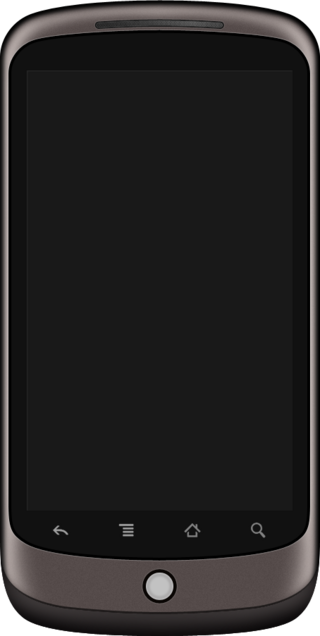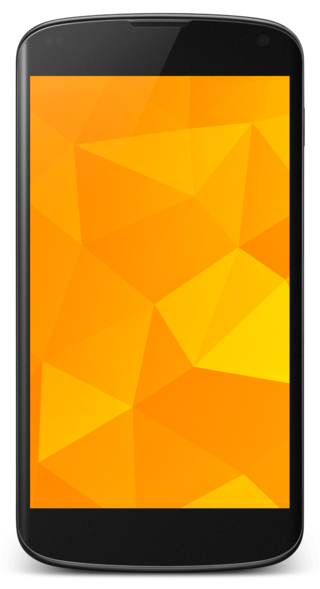Nexus is a Latin word for connection, usually where multiple elements meet. It may refer to:

The legacy of absinthe as a mysterious, addictive, and mind-altering drink continues to this day. Though its psychoactive effects and chemical makeup are contested, its cultural impact is not. Absinthe has played a notable role in the fine art movements of Impressionism, Post-impressionism, Surrealism, Modernism, Cubism and in the corresponding literary movements. The legendary drink has more recently appeared in movies, video, television, music, and contemporary literature. The modern absinthe revival has had a notable effect on its portrayal. It is often shown as an unnaturally glowing green liquid demonstrating the influence of contemporary marketing efforts.
Power hour or 21 for 21 is a drinking game where players must consume a specified number of alcohol shots within one hour. Variants include one shot of beer every minute for an hour, or 60 shots of beer within one hour. In the United States, a power hour event is often associated with a person's 21st birthday when they reach the legal drinking age. A Century Club or Centurion is an alternative to a power hour which involves consuming 100 shots of beer in 100 minutes.

The Nexus One is an Android smartphone designed and manufactured by HTC as Google's first Nexus smartphone. The Nexus became available on January 5, 2010, and features the ability to transcribe voice to text, an additional microphone for dynamic noise suppression, and voice guided turn-by-turn navigation to drivers.
Google Nexus is a discontinued line of consumer electronic devices that run the Android operating system. Google managed the design, development, marketing, and support of these devices, but some development and all manufacturing were carried out by partnering with original equipment manufacturers (OEMs). Alongside the main smartphone products, the line also included tablet computers and streaming media players; the Nexus started out in January 2010 and reached its end in October 2016, replaced by Google Pixel.

The Nexus S is a smartphone co-developed by Google and Samsung and manufactured by Samsung Electronics for release in 2010. It was the first smartphone to use the Android 2.3 "Gingerbread" operating system, and the first Android device to support Near Field Communication (NFC) in both hardware and software.

The HP TouchPad is a tablet computer that was developed and designed by Hewlett-Packard. The HP TouchPad was launched on July 1, 2011, in the United States; July 15 in Canada, United Kingdom, France, Germany; and August 15 in Australia.

The LG Optimus 4X HD is a slate, multi-touch smartphone running the Android operating system. Designed and manufactured by LG Electronics. The Optimus 4X HD was the world's first smartphone announced with a quad-core processor along with the HTC One X and the Samsung Galaxy S3 and the fourth phone in the LG Optimus-Android series. LG first introduced the LG Optimus 4X HD at Mobile World Congress. The Optimus 4X HD was launched with Android 4.0 Ice Cream Sandwich. Since April 2013, some variants have had a Jellybean update available.

Nexus Q is a digital media player developed by Google. Unveiled at the Google I/O developers' conference on June 27, 2012, the device was expected to be released to the public in the United States shortly thereafter for US$300. The Nexus Q was designed to leverage Google's online media offerings, such as Google Play Music, Google Play Movies & TV, and YouTube, to provide a "shared" experience. Users could stream content from the supported services to a connected television, or speakers connected to an integrated amplifier, using their Android device and the services' respective apps as a remote control for queueing content and controlling playback.

The first-generation Nexus 7 is a mini tablet computer co-developed by Google and Asus that runs the Android operating system. It is the first tablet in the Google Nexus series of Android consumer devices marketed by Google and built by an original equipment manufacturer partner. The Nexus 7 features a 7.0-inch (180 mm) display, an Nvidia Tegra 3 quad-core chip, 1 GB of RAM, Wi-Fi and NFC connectivity, and 8, 16 or 32 GB of storage. The tablet was the first device to ship with version 4.1 of Android, nicknamed "Jelly Bean". By emphasizing the integration of the Google Play multimedia store with Android 4.1, Google intended to market the Nexus 7 as an entertainment device and a platform for consuming e-books, television shows, films, games, and music.

The Nexus 4 is an Android smartphone co-developed by Google and LG Electronics. It is the fourth smartphone in the Google Nexus product family, unveiled on October 29, 2012, and released on November 13, 2012, and succeeded the Samsung-manufactured Galaxy Nexus. As with other Nexus devices, the Nexus 4 was sold unlocked through Google Play, but was also retailed by wireless carriers.

The Nexus 10 is a tablet computer co-developed by Google and Samsung Electronics that runs the Android operating system. It is the second tablet in the Google Nexus series, a family of Android consumer devices marketed by Google and built by an OEM partner. Following the success of the 7-inch Nexus 7, the first Google Nexus tablet, the Nexus 10 was released with a 10.1-inch, 2560×1600 pixel display, which was the world's highest resolution tablet display at the time of its release. The Nexus 10 was announced on October 29, 2012, and became available on November 13, 2012.

The Nexus 6 is a phablet co-developed by Google and Motorola Mobility that runs the Android operating system. It is the successor to the Nexus 5, and the sixth smartphone in the Google Nexus series, which is a family of Android consumer devices marketed by Google and built by an original equipment manufacturer partner. The Nexus 6 and the HTC Nexus 9 served as the launch devices for Android 5.0 "Lollipop".
Google Pixel is a brand of portable consumer electronic devices developed by Google that run either ChromeOS or the Android operating system. The main line of Pixel products consist of Android-powered smartphones, which have been produced since October 2016 as the replacement of the older Nexus, and of which the Pixel 8 and 8 Pro are the current models. The Pixel brand also includes laptop and tablet computers, as well as several accessories, and was originally introduced in February 2013 with the Chromebook Pixel.

The second-generation Nexus 7, also commonly referred to as the Nexus 7 (2013), is a mini tablet computer co-developed by Google and Asus that runs the Android operating system. It is the second of three tablets in the Google Nexus tablet series, the Nexus family including both phones and tablets running essentially stock Android which were originally marketed for developer testing but later marketed by Google to consumers as well, all of which were built by various original equipment manufacturer partners. Following the success of the original Nexus 7, this second generation of the device was released on July 26, 2013, four days earlier than the originally scheduled date due to early releases from various retailers. The tablet was the first device to ship with Android 4.3.

Nexus 5 is an Android smartphone sold by Google and manufactured by LG Electronics. It is the fifth generation of the Nexus series, succeeding the Nexus 4. It was unveiled on October 31, 2013 and served as the launch device for Android 4.4 "KitKat", which introduced a refreshed interface, performance improvements, greater Google Now integration, and other changes. Much of the hardware is similar to the LG G2 which was also made by LG and released earlier that year.

The following is a comparative list of smartphones belonging to the Google Nexus line of devices, using the Android operating system.

The Nexus 5X is an Android smartphone manufactured by LG Electronics, co-developed with and marketed by Google as part of its Nexus line of flagship devices. Unveiled on September 29, 2015, it was a successor to the Nexus 5. The phone, along with the Nexus 6P, served as launch devices for Android 6.0 Marshmallow, which introduced a refreshed interface, performance improvements, increased Google Now integration, and other new features.

Nexus 6P is an Android smartphone developed and marketed by Google and manufactured by Huawei. It succeeded the Nexus 6 as the flagship device of the Nexus line of Android devices by Google. Officially unveiled on 29 September 2015 along with the Nexus 5X at the Google Nexus 2015 press event held in San Francisco, it was made available for pre-order on the same day in United States, United Kingdom, Ireland, and Japan.
The Pixel 3a and Pixel 3a XL are a pair of Android smartphones designed, developed, and marketed by Google as part of the Google Pixel product line. They collectively serve as mid-range variants of the Pixel 3 and Pixel 3 XL. They were officially announced on May 7, 2019 at Google I/O, seven months after the announcement of the original Pixel 3 lineup, and were released on the same day. On August 3, 2020, it was succeeded by the Pixel 4a.













